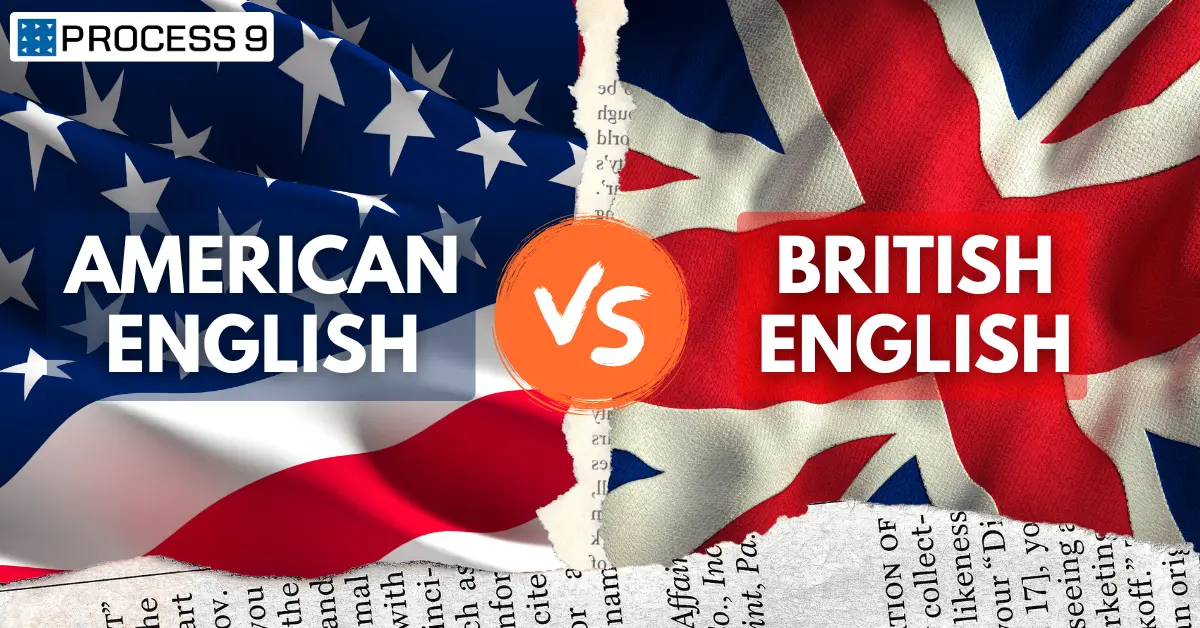Every species has its way of communicating with each other. However, humans are unique as they master cognitive communication capabilities through languages. Languages have three functions,
- Informative function
- Expressive function and
- Directive function
Languages can be used for either oral communication or written communication. Words are defined as distinctive and meaningful elements used in languages to convey messages. The changes in languages have been accompanied by cultural changes as well as the rise of technology in human life. However, knowing the history of our ancient languages is still important, as they give us the most valuable cognitive skill that sets us apart from the rest of nature.
Importance of language in human communication
Language plays a major role in various aspects of human life. While one doesn’t need to use language for communication, it certainly does speed up the process. While its relevance in personal communication is of foremost importance, the impact of language on culture, society, and business cannot be exempted. The proper sharing of ideas, expression of emotions, and ability to issue a directive or command depends on the effective use of our language.
Current statistics on languages spoken in the world
As of 2022, 7151 languages are spoken across the world. While this number is constantly changing, there is no overlooking the fact that 40% of languages are considered to be endangered with less than 1000 speakers and 23 languages account for more than half of the world’s population. The top four widely spoken languages in the world are English, Mandarin Chinese, Hindi, and Spanish. There are over 1.4 billion English speakers in the world, 1.119 billion Mandarin Chinese speakers, 653 million Hindi speakers, and 548 million Spanish speakers.
Oldest spoken language/ Oldest written language/ Oldest living language
The oldest spoken language in this world is the Proto-Human language. It is also known as Proto-Sapiens or Proto-World language. It is considered to be the hypothetical and genetic predecessor of all the spoken languages in the world. Since the concept behind this language is hypothetical, it is not susceptible to historical linguistic analysis.
The oldest written language in this world is the cuneiform script used in ancient Mesopotamia by the Sumerians. The word “cuneiform” means wedge-shaped. It was named for the wedge-shaped script used by the Sumerians on clay tablets. This script predates even the formal writing system used in ancient Egypt known as the Egyptian hieroglyph.
Is Tamil the oldest living language in this world?
The oldest living language in this world is said to be Tamil. Although it has not been unanimously agreed upon by the linguistic community, its first attestation dates between 5320 BC and the 8th century CE, making it a strong contender. This Dravidian language has speakers across Southern India and Srilanka.
Dead Languages Vs Extinct languages
A dead language is defined as a language that is no longer used by any native community, except for some people at random. One of the prominent examples of a dead language is Latin. An extinct language is defined as a language that has no living defendants to carry them to the next generation and is no longer in use. Eyak was a prominent language that was spoken in Alaska until 2008 and is now considered to be extinct. Some of the other examples of extinct languages include Yana, Tunica, Tillamook, Suislaw, etc. 349 languages have become extinct as of 2022, erasing their entire identity from the world.
Living Languages Vs Endangered Languages
A language that is still in use and is widely spoken by the people is called a living language. A language is considered to be endangered when its user chooses another dominant language and there is a possibility of the current language not being passed on to the next generation. According to UNESCO, any language that is spoken by less than 10,000 people is considered to be endangered and as of 2022, 3045 languages have been added to this list. In India, many languages like Wadari, Kolhati, Golla, Manda, Parji, Pengo, etc.. are considered to be endangered. Many tribal languages and their associated dialects have made a great contribution to the linguistic diversity of our country. But unfortunately, these languages from our indigenous tribal groups are also dying.
Need to understand the big picture of the linguistic landscape
Experts believe that when a language dies, the knowledge system surrounding it does as well. Many multilateral international treaties like the ICCPR or International Covenant on Civil and Political Rights provide all the rights to linguistic minorities to enjoy their culture and practice their religion in their language. Many experts from the linguistic community agree that the effort to salvage a language from being endangered, extinct or dead should come from its speakers at first. Many minority language speakers believe that with the right interpretation or translation service that can be accessed through technology platforms, they will not feel pressurised to learn a new language for communication while traveling. While technology has played a major role in the evolution of languages, now it also provides a venue through social media platforms for promoting and supporting endangered languages.
We at Process Nine, believe every Indian language is an integral part of our nation’s pride and heritage and it is our duty to preserve it. Our mission is to deliver language localisation services while maintaining 100% parity with the linguistic essence of the target language.







Share: